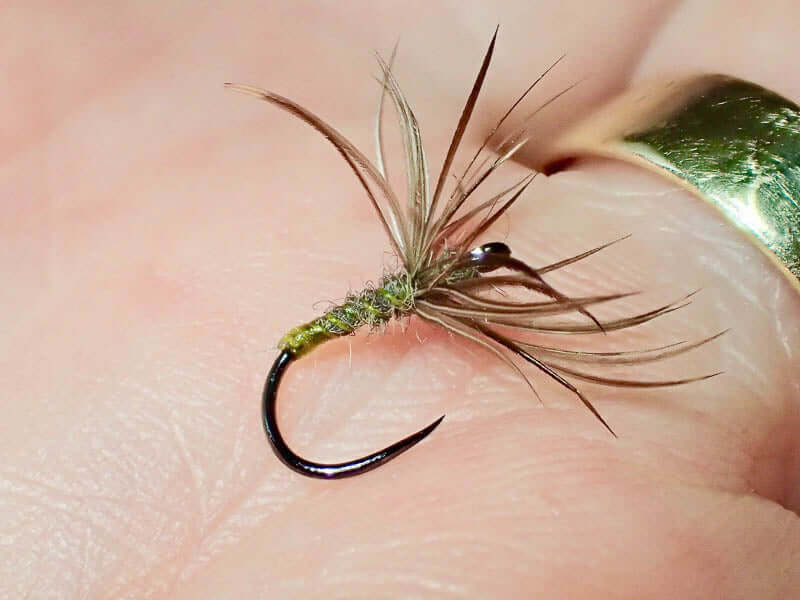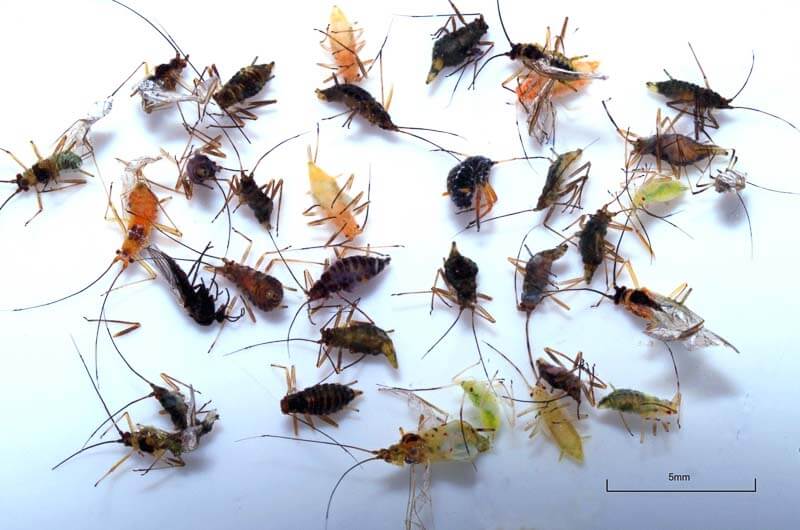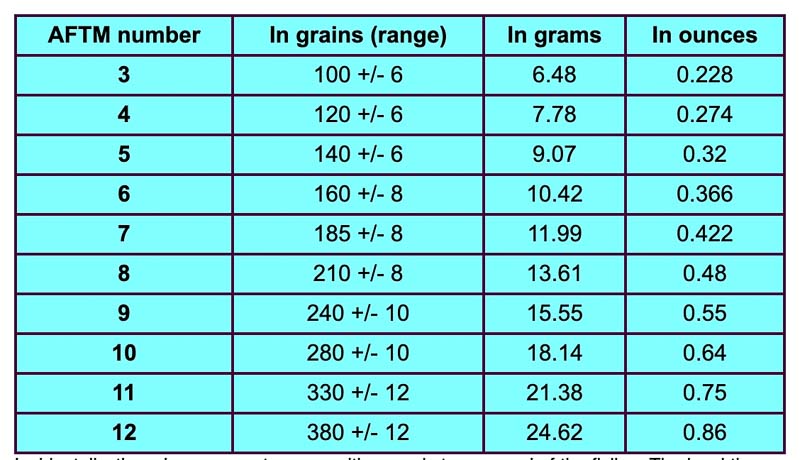Tenkara flies vs regular flies & spiders
Written by David Southall, entomologist, biologist and highly respected angler.
When I was first introduced to fly fishing in the late 1960s I always had at least one Spider pattern on my three-fly cast. Typically in early season (April) I’d have a weighted Shrimp on the point with a Snipe & Purple Spider on the first dropper & a Partridge & Orange Spider on the top dropper. As things warmed up I’d change the point fly to a Sawyer Pheasant Tail nymph. Then once the fish started rising well I’d change to a Partridge & Orange on the point, Snipe & Purple on the first dropper & a dry Greenwell’s Glory on the top dropper.
These combinations worked well on the upper reaches of the Yorkshire Rye where most of my fly fishing was done. Nowadays I rarely fish with Spiders, much preferring the visual aspects of dry fly fishing when possible & fishing heavy nymphs, shrimps & bugs during the winter for grayling, however I am coming to realize that Spiders still have a useful place in my repertoire of techniques.
Tenkara & Kebari flies
Later, I discover Tenkara & the fantastic presentation that is possible with a long, Tenkara rod & Tenkara line I have done some fishing with the reverse-hackled Sakasa Kebari flies that many Japanese Tenkara fishers use. These are very similar to our traditional North Country Spiders but with the soft hackle fibers facing forwards over the hook eye so that when pulsed more ‘movement/life’ can be imparted into the fly. In Tenkara fishing the casting level line is very light (generally brightly coloured 0.285mm diameter fluorocarbon) & is about the same length as the rod (typically about 3 to 4 m) with about 1 m of fine tippet. With rod held high only the fly & some of tippet are allowed to touch the water, which helps to avoid drag from vagaries of the river current acting on the line. Takes are indicated by either seeing the fish flash at the fly or by watching the end of the coloured fluorocarbon line for any unusual movement. Although I prefer to fish with dry flies on my Tenkara gear subsurface Kebari style of fly are very effective.

1. Woodcock & Orange Sakasa Kebari

2. The author Tenkara fishing a Kebari in the mountain stream pocket marked with the arrow
Now I know that the traditional way to fish Spiders is as a team of 2 or 3 with a long fly rod, casting them up and across the river & tracking them down to give a drag-free drift possibly followed by allowing them to swing under control when they are downstream of the angler; takes being indicated by a lift of the slight sag in the line, but I have found fishing a Spider plus a dry fly emerger on a Washing Line setup is a great way to fish. It all started on a windy, sunny March day when the Large Dark Olives were lifting off rapidly & the grayling were rising to nymphs in & just below the surface film. I had been having limited success with my size 18 Shuttlecock & since I had no unweighted nymphs with me I attached a Waterhen Bloa Kebari Spider on a short dropper about 18” above my Shuttlecock Emerger. The result was a significant improvement in my catch rate with most fish coming to the Spider. This rig gave me several advantages:
- With a well greased leader & dropper my spider stayed just below the surface film
- The dry fly on the point allowed me to see when drag was setting in
- The dry fly helped me to pinpoint the location of my Spider making it easier for me to see any takes & if I did not see the swirl where my Spider was I certainly saw my dry fly skate away when the Spider was taken.

3. Waterhen Bloa Kebari Spider
Most of the waters that I fish are quite small streams & many only allow a single fly; as a result I often fish upstream using a relatively short rod & a single Spider using a Greased Leader to indicate any takes. If the water is very broken or the light is poor, making a greased leader difficult to see I fish using a Greased Semi-curly Tri-coloured Monofilament indicator plus about 3’ of tippet.

4. Bead-head Waterhen Bloa Spider (1.5mm black tungsten bead)
I am not a traditionalist so I often use Bead-head Spiders in order to fish a single fly at depth, particularly for winter grayling. A Silver Bead-head Partridge & Hare’s Ear Spider has accounted for several of my 3lb plus grayling from my local Driffield Beck & numerous smaller grayling from a variety of waters. It has also accounted for plenty of trout.

5. Partridge & Hare’s Ear Spiders

6. A big Driffield Beck grayling taken on a Silver Bead-head Partridge & hare’s Ear Spider
Some of the best grayling fishing of the year is in the autumn & early winter so maybe it’s time to get the Spiders into action!
































